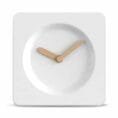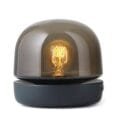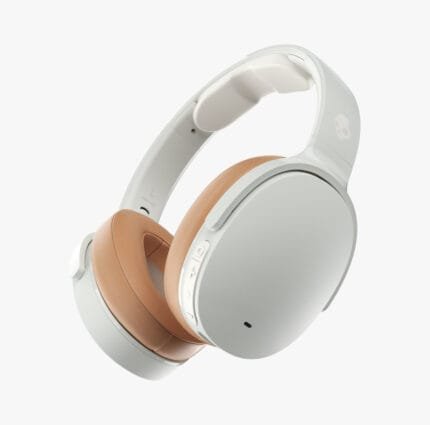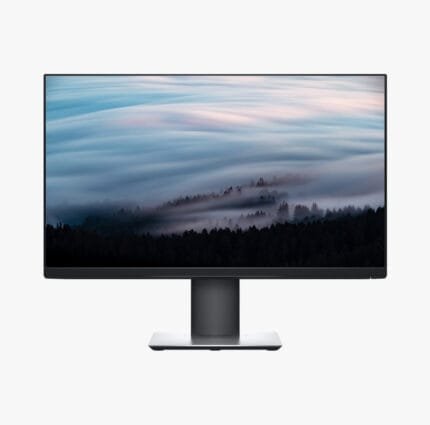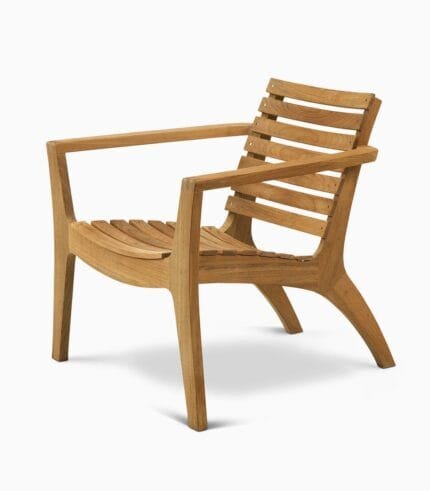Passionately Crafting Intricate, Beautiful Digital Art: Unleashing the Power of Digital Artistry
The Art and Passion Behind Digital Creations
At the heart of every stunning piece of digital art lies an unwavering passion that fuels the artist’s journey. This profound zeal for digital artistry manifests itself in a relentless pursuit of beauty and complexity within their work. Unlike traditional art forms, digital artistry requires not only creativity but also a solid grasp of various digital tools and techniques. This dual requirement pushes artists to continually evolve, learning new methods and platforms to perfect their creations.
Personal stories from digital artists often reveal that their journey into this realm began with a deep-seated love for visual storytelling. Whether it’s the allure of seamlessly blending colors on a screen or the ability to construct a lifelike 3D model, the fascination with what’s possible in the digital medium spurs them on. For instance, a digital painter might find immense satisfaction in the precision tools available in software like Photoshop or Procreate, allowing them to achieve effects that mimic traditional brush strokes but with greater control and flexibility.
Advanced techniques like layering, 3D rendering, and vector manipulation are not merely tools but become an extension of the artist’s vision. These methods enable them to break away from the constraints of physical media, empowering them to create artwork that is incredibly detailed and multifaceted. The emotional connection an artist has with their digital toolkit cannot be overstated; it’s this bond that breathes life into their work, making it resonate on a deeper level with the audience.
The psychological aspect of creating digital art is equally vital. The process is often a therapeutic outlet, offering a space where artists can channel their emotions and thoughts into a cohesive visual representation. This emotional investment often shines through in the final piece, imbuing it with a unique essence that captivates viewers. Whether an artist is crafting a surreal landscape or a lifelike portrait, the emotional journey they undergo while creating digital art is palpable, making each piece a testament to their passion and dedication.
Ultimately, the beauty of digital artistry lies in the fusion of passion and technology. It’s this intricate dance that allows artists to push the boundaries of what’s possible, continually redefining the landscape of modern visual art.
Digital artistry has profoundly transformed the landscape of contemporary art, enabling artists to create intricate and beautiful masterpieces with an array of powerful digital tools. Among the most popular platforms and software used in this domain are Adobe Photoshop, Corel Painter, and Procreate. Each of these tools offers a unique set of features that cater to various artistic needs and styles.
Adobe Photoshop is renowned for its comprehensive capabilities in digital painting, image manipulation, and advanced compositing. Its extensive brush library and customizable settings allow artists to simulate traditional painting techniques digitally. Meanwhile, Corel Painter focuses on replicating the experience of classical art forms, offering natural media brushes that mimic real-life brushes and textures. This software is often favored by artists who seek a more traditional approach within the digital realm.
Procreate, popular among digital illustrators, is known for its intuitive, user-friendly interface and powerful drawing tools. The app’s robust brush engine and layering system provide immense flexibility, making it a preferred choice for creating high-quality illustrations and concept art. Additionally, Procreate’s rich color dynamics and blending capabilities facilitate the creation of complex, nuanced art pieces.
Beyond these widely-used tools, innovative techniques and emerging trends continue to push the boundaries of digital artistry. For instance, 3D modeling software like Blender and ZBrush allows artists to sculpt and render highly detailed three-dimensional artworks. Virtual reality (VR) platforms such as Tilt Brush and Quill have opened new dimensions for creating immersive, spatial art experiences. These advancements have democratized the art world, providing artists with unprecedented opportunities to explore and realize their creative visions.
Real-world examples abound, showcasing the versatility and potential of digital tools. For instance, artist Beeple’s digital composites stand as testament to the intricate possibilities of digital art. Mike Winkelmann, known as Beeple, leveraged software and tools to create visually arresting digital pieces, propelling him to international acclaim. Similarly, the digital sculptures of artist Gio Nakpil exhibit the intricate details achievable through 3D modeling software.
In conclusion, the integration of these digital tools and techniques has not only enhanced the creative process but has also expanded the horizon of what is artistically possible. As technology continues to evolve, so too will the methods and masterpieces of digital artists, continually redefining the boundaries of creative expression.

